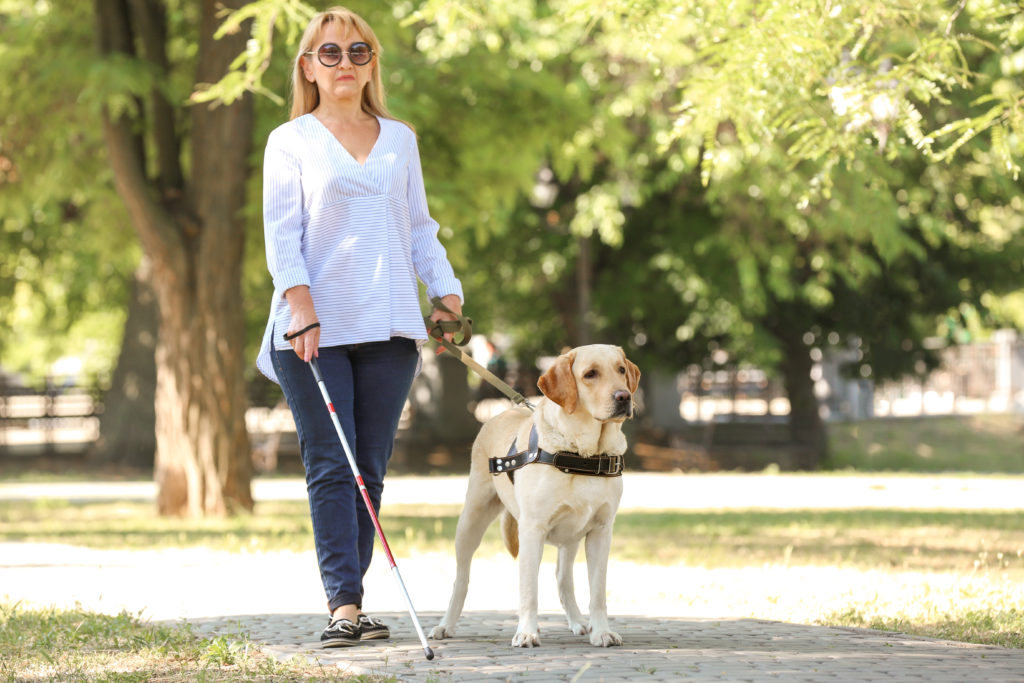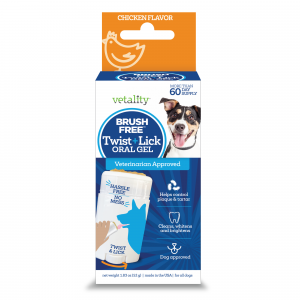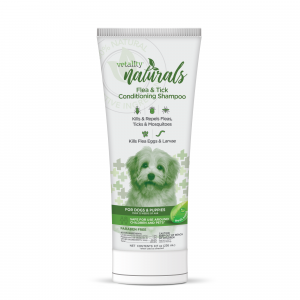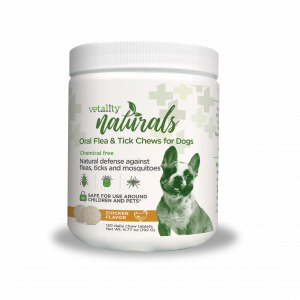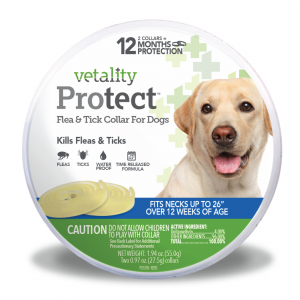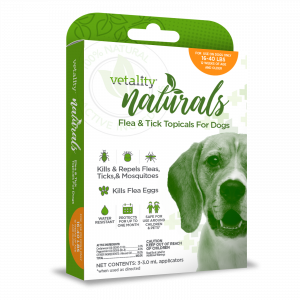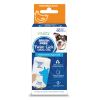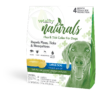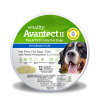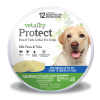Vetality
Service Dog Breed Spotlight: The Labrador Retriever
Shanna Stichler
Happy new year, and welcome to January’s new blog series! This month, we’ll profile the most commonly known breeds used in service dog work. We’ll begin with the Labrador Retriever and move on to the Golden Retriever, the German Shepherd, and end with a profile of the Standard Poodle.
Labrador Retrievers: The Basics
The Labrador Retriever originated early in the 19th century as a sporting, hunting and working dog. Labs we know and love today began taking shape in the early 1900s as the breed caught the eye of fanciers and they began breeding to a working and conformation standard.
The Labrador was originally bred in Newfoundland from a stock of thick-furred, heavy-boned water dogs. They were created in the 19th century to become the ultimate hunting dog and companion. The Labrador is a sturdy, solid dog bred mostly to, well, retrieve things and bring them back to his handler. These days, Labs excel at almost every task set before them. Aside from service work, they get jobs in law enforcement, search and rescue, and are often wonderful family pets.
Extremely intelligent and trainable, the Labrador is quick-witted and a problem solver. Per the American Kennel Club breed standard,
Labs should possess a “stable temperament,” weigh “55 to 75 pounds,” and be an “outgoing and devoted companion.” All that is combined with a sleek, water-resistant coat, superb handler focus, and the grit to work in almost any environment.
In the service dog world, the stocky, sweet-natured Labrador is a common sight indeed. They are by far the most popular breed of dog used for service work. Mostly, this is because they are incredibly adaptable and endlessly loyal.
The Puppy Stage
It’s important to remember that every well-trained Service Dog begins life like any other dog: as a puppy. Lab babies are high-energy, which lands them in some not-so-good situations with inexperienced owners. Lab puppies chew. They mouth. They carry. They steal. They’re exceptionally happy, wiggly dogs who wish to share their joy at having ANYTHING, no matter how stinky, big, or smelly, in their mouths with anyone who happens to be near them. They’re exceptionally friendly and social dogs, but if their endless exuberance is not carefully managed, it can morph into behaviors that will exclude them from service dog work. While the Lab puppy phase takes a lot of work to overcome, a well-trained Labrador is a true joy and confident. These wonderful dogs, once they are trained, are wonderful and versatile working dogs.
The rest of the story
Labrador Retrievers are double-coated dogs, which means they shed year-round. They come in three colors: black, yellow, and chocolate. Each color has a variety of shades. Anecdotal evidence from decades of field trials seems to state that black dogs are the best hunting dogs and the most driven, while chocolates are the most easy-going. Yellow Labs tend to fall somewhere in the middle of the spectrum. As far as we know, there haven’t been any empirical studies done linking color to working ability. Yellow Labs are the most commonly seen in the service dog world because they appear friendlier to the general public. In reality, color doesn’t make much of a difference in terms of temperament.
Labs should have a dense, water-resistant coat. Most of them love water and will swim for hours if you let them. They are tireless workers, especially when it comes to retrieving. Aside from service dog work, this breed does well in dock-diving, search and rescue, law enforcement, and obedience, and make the ultimate family companion.
Selecting a service dog candidate
Unfortunately, due to the popularity of the breed, backyard breeders have introduced several health concerns into the Labrador Retriever gene pool. Hip and elbow dysplasia particularly are of concern and any Service Dog candidate should have parents who possess OFA or PennHIP certifications.
When selecting a Labrador puppy for Service Dog work, above all else, consider the temperament of the mother. It’s been shown repeatedly that puppies are likely to inherit the demeanor of their momma. Ideally, mom (and dad!) would have ATTS temperament certifications or possess other titles/degrees that showcase she’s trainable, solid in distracting environments and sweet-natured.
The Labrador Retriever is an all-around good dog who, with proper puppyhood education and upbringing, will excel at any job. They have a decades-long history in the working dog arena and for most Service Dog programs, are a breed of choice. With a properly bred and trained Labrador Retriever by your side, you can expect reliable performance, lots of laughs, a steady temperament, tons of shedding and a friend for life.

